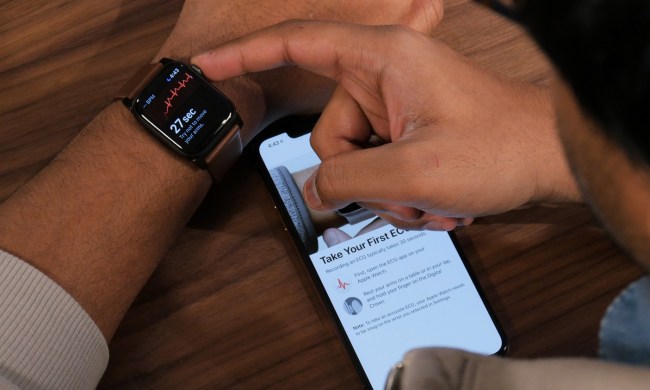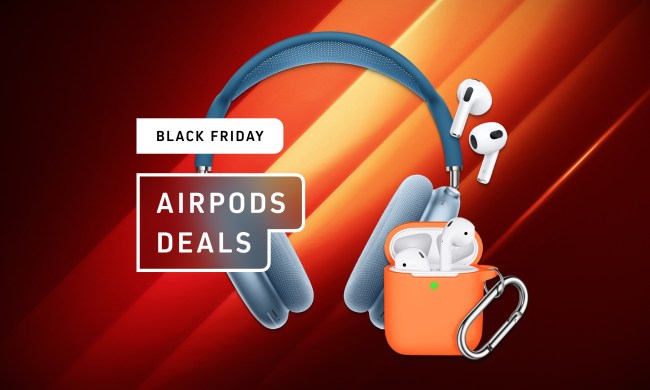Nuheara’s co-founders were previously the CEO and CMO of Sensear, a company that for years has made smart digital headsets for hearing protection and improved conversation between workers in high-noise industrial settings. So, while they’re now with a different enterprise, this isn’t the first hearing assistance device rodeo for Nuheara’s leaders. This time, however, rather than producing wired products specifically for industrial applications, the target market is active consumers who want improved conversation and the ability to control other sounds in the world around them along with wireless audio content.
The wireless IQbuds use Bluetooth to connect with streaming music and other audio, in concert with an associated smartphone app. IQbuds combine what the company refers to as “advanced” speech amplification and dynamic noise control using Nuhear’s trademarked Super Intelligent Noise Cancellation (SINC) technology. When you’re listening to music or other audio content, you can set the best blend of streaming and real-world sound, so if you’re riding a bike, for example, you can still hear traffic for safety purposes.
The key to Nuhear’s SINC technology is a near-field magnetic induction (NFMI) chip. The NFMI intelligent hearing processing engine in the IQbuds handles streaming audio from the digital world and voice and environmental sounds from the physical world picked up by two microphones in each earbud. Depending on your settings and preferences, the NFMI chip delivers the blended, configured sound to your ear via an internal speaker.

The earbuds have audio environment presets, including ones for home, work, coffee shop, or gym, but you can use the smartphone app to customize some or all of the presets to match your specific environments and your personal hearing experience. IQbuds come in a dual-purpose carrying case that also can recharge the earbuds three times. According to Nuheara, a fully-charged set of earbuds and a case ready for three more charges should be good for 16 hours of Bluetooth audio streaming or 32 hours of hearing assistance sound processing. What that means is 16 hours of music or 32 hours of going about your daily life.
No specific shipping date has been announced for the IQbuds, although Nuheara’s website, currently taking pre-orders for $300, says shipping will be in the first quarter of 2017. There are a couple indications that IQuds could ship early in the quarter, however. The IQbuds have already been awarded a “Tech for a Better World” innovation award for January’s CES 2017, and the company announced on its website that commercial production began in November.
Nuheara isn’t the only company that has announced hearing assistance products for 2017. Doppler Labs‘ Here Ones, originally planned for fall 2016 delivery, are scheduled to ship in February. Bose just recently announced its Hearphones, and the user manual has already been sent to the FCC. Human Inc.’s Sound isn’t expected to ship until July 2017 and will have available upgrades for different purposes such as simultaneous language translation.
On December 7, 2016, the U.S. Food and Drug Administration (FDA) announced programs to help more people who have hearing loss but might not need medical evaluations or high-powered hearing aids. Part of the FDA announcement cited as a basis for its decision the high average cost of hearing aids as $2,000 or more, per ear.
The hearing assistance devices mentioned above have announced or expected prices of between $300 and $400, although Bose hasn’t yet announced the Hearphones price. You can buy good earbuds for listening to music for a lot less, but when you consider the potential quality-of-life improvements with hearing assistance devices, especially when compared to hearing aid prices, the $300 to $400 price range, also about the cost of a good set of noise-cancelling headphones, seems entirely reasonable.



